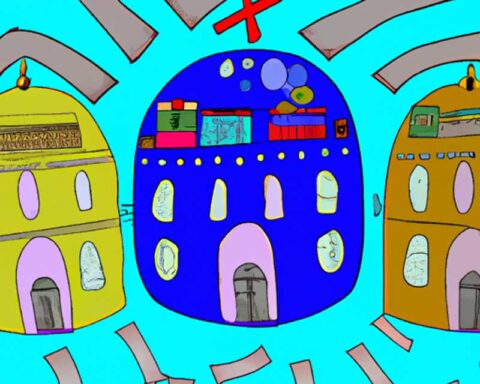More problems in the regional banking system: Where there’s fire there’s smoke
Regional bank stocks sold off after New York Community Bancorp posted a $185 million loss due to two soured loans in commercial real estate. The KBW Regional Banking Index fell 2.3% following its biggest one-day decline since the collapse of Signature Bank last March. Banks with less than $250 billion in assets hold more than 80% of commercial real estate loans, and the commercial real estate sector currently faces falling prices, falling demand, and rising interest rates.
The issues at NYCB are unique to its balance sheet but highlight broader problems in the banking sector. Many regional and community banks are struggling in a higher rate environment, which is directly tied to high interest rates and a sagging bond market. While the Federal Reserve is expected to guide the economy to a soft landing, there are increasing concerns that the fire in the banking system is still smoldering beneath the surface.
During the Federal Reserve’s January meeting, Fed Chair Jerome Powell effectively took any hope for a March rate cut off the table. As a result, banks are becoming more sensitive to high Fed rates, resulting in increased stress in commercial real estate portfolios and lending margins. Banks have been making use of the Federal Reserve’s Bank Term Funding Program, which allows them to take out short-term loans using US Treasuries and other qualifying assets as collateral. The BTFP doused the fire in the banking system temporarily, but the embers of trouble are still simmering away.
Analysts predict that financial problems in the US banking system are inevitable as the Federal Reserve tightens monetary policy. The current bubble economy depends on low-interest rates, debt, and money creation. If these elements were taken away, there are concerns that the system would collapse. The fire in the banking system started last March with the collapse of Silicon Valley Bank, followed by the downfall of Signature Bank and First Republic Bank. The Federal Reserve set up the Bank Term Funding Program as a bailout for struggling banks and the program quickly became a cornerstone of the ongoing bubble. While the program has temporarily put out the fire, the banking sector and the broader economy are at risk if the Federal Reserve tightens monetary policy further.





